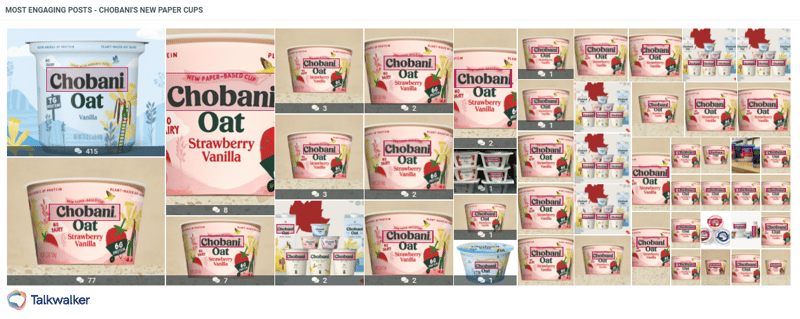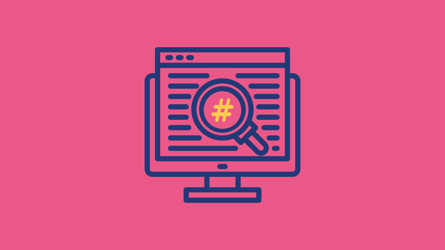Show me how to connect with consumers!
With such a short customer journey, decisions are often made quickly, which makes it even more important that your customers feel connected to your CPG brand long term. You have to tap into their reasoning and get in their head to be successful. Before diving into some examples, let’s clarify what consumer insights are.
What are consumer insights and why should you care?
How skilled are you at reading people? Are you good at reading a room, knowing when and what to say in any given situation? Yes? Lucky you; I’m a social klutz.
Consumer insights help brands better understand why consumers are doing, saying, and buying certain things. FMCG customers can be particularly fickle, continuously changing their mind and purchasing habits.
Information on consumer behavior is vital in helping you understand why Paul from Minnesota decided to stop buying your chocolate-laced stout after being a loyal consumer for 13 happy years. CPG data analytics help brands increase and strengthen their interactions with users and improve customer retention.
With detailed consumer insights, you’ll gain a deeper understanding of your target audience, and this in turn will help with everything connected to your brand: customer service, product and campaign innovation, and brand impact and reach. If you’re looking to wrap your head around consumer insights just a bit more, I highly recommend heading over to Meg’s consumer insights guide.
1. Coca-Cola | Identify what’s holding you back
One simple fact of the consumer goods industry is that businesses have to quickly identify and cut underperforming products in order to survive. This decision is often a result of revenue, but with social listening tools, analyzing a product line can provide early indicators as to which products should be taken off the shelves and which products consumers are coming back for.
Coca-Cola announced last year that it would be removing Zico, its coconut water product, just as they did with Odwalla. Both products fell under Coca-Cola’s ‘Zombie product category’, as they had not grown over a three-year period. By sacrificing these beverages, the brand has decided to bet on more successful ranges like Minute Maid and Topo Chico.
By tracking online conversations on each product, we saw that Coca-Cola seems to have made the right call. The combined mentions of the two discontinued brands (Zico and Odwalla) were worth just 6% of the total mentions from Minute Maid during the same period. Consumer packaged goods have to make a strong first impression, otherwise you risk losing a customer forever.
This is a clear-cut example of why businesses need to monitor and analyze consumer insights. By understanding your customer better, you will be able to make smarter decisions that will directly impact your brand and sales.
2. Yorkshire Tea | Don’t be afraid to rock the boat
Data analysis is crucial for keeping your business afloat and your brand well-liked. There are a variety of things you can do to keep your audience engaged and interested, but sometimes making a bit of a splash is the best call.
The British brand, Yorkshire Tea, made a bold choice last year that was greeted warmly on social media when they launched a new toast and jam flavor tea set. Some were intrigued by the new direction, others by the unique pink packaging, and still others were just curious to try the new tea.
All it took to break that trend was a simple tweet from TV broadcaster Piers Morgan, who commented on the launch, “I wish you hadn’t…” Most brands would have gone into crisis mode, but Yorkshire Tea took advantage of the situation and responded to the banter.
I wish you hadn’t... https://t.co/k99JJcAqqY
— Piers Morgan (@piersmorgan) September 22, 2020
The buzz around this conversation received 1.6K engagements on social media. Imagine what may have happened if they’d collaborated with an influencer.
During a product launch, it is crucial to track conversations around it in real-time. Using Talkwalker’s AI-enabled consumer intelligence platform, you will be able to track owned and earned media mentions as well as discover the ideal influencers to make your products succeed.
Monitoring sentiment and protecting your brand reputation are vital, but at times it pays to rock the boat and ensure consumers are talking about you. Connection is key, and customer insights will enable you to connect with your customers on a much deeper level.
Consumer insights tell you what shoppers are looking for and what they’re basing split-second decisions on. This helps your marketing teams make sure your brand retains an upper hand in the industry or a certain product line.
Working alongside product innovation, consumer and customer insights will help you improve your products and services. Track the usage of your products and find common pain points. Confronting these issues and improving your existing products will guarantee that you continue to meet customers’ needs.
3. Hershey’s Chocolate | Ensure your plan is rock-solid
Creating a plan for the future is always a tricky task, but if you’re consistently keeping tabs on certain topics, trends, or events, it can be easier to launch a campaign based on actionable insights and reliable intel.
With Q4 right around the corner, many CPG brands are using insights from online conversations to shape their strategy. Through our Conversation Clusters, we distinguished two different conversations: one around the excitement that the season brings and another about the concerns of COVID-19 surrounding Halloween celebrations.
CPG companies suffered from the effects of COVID-19 in their Easter campaigns, and some, like Hershey's, are working overtime to make this upcoming season a success. Halloween is on the way, and if you want to make sure your marketing strategies aren’t scary, your best bet is investing in data analytics tools to make sure your game plan is water tight.
4. Budweiser | Brand reputation is everything
Listening to consumers allows a brand to fully reach their audience and protect their brand reputation or develop a CSR strategy to build goodwill with consumers and an industry at large.
Budweiser achieved this when they decided to use their marketing budget to support COVID-19 vaccine awareness and access. They ran the ad digitally in the week leading up to Super Bowl LV. The ad focuses on the resilience of people during the pandemic featuring homemade footage, and also includes healthcare workers receiving their vaccine. The announcement produced nearly 32K mentions, as the beer brand’s tweet featuring the ad went viral with 37K+ engagements.
The beer brand’s campaign did not stop there. Budweiser also pledged to donate a percentage of the year’s advertising airtime to initiatives raising awareness for vaccines, in addition to recurring campaigns throughout the year.
Fans and consumers were perhaps disappointed to learn that some of their favorite brands would not take part in this year’s Super Bowl ad tradition. However, Budweiser’s message is starting to resonate. Social listening helps us understand how brand associations develop over time.
This type of move is useful for customer retention, and the more marketing campaigns CPG brands devote to brand reputation and cultivating a positive association with their brand, the more likely they’ll reap the benefits.
5. Chobani | Know your audience
Another key way to employ consumer intelligence is crafting content that resonates with them, from the physical packaging of your product to what your brand posts on social media. Test what works and what doesn’t.
Chobani’s oat yogurt is becoming more sustainable with paper-based packaging. This is the latest product from Chobani to join the brand’s other sustainably packaged products like oat milk, cold brew coffee, and coffee creamers. With sustainability becoming a rising trend, CPG brands continue to remove plastic from their inventory and transition to recyclable packaging.
Hashtags recently used regarding Chobani’s new packages referred to the fight against pollution and the climate crisis, as well as support for their sustainability efforts.
With 27% positive sentiment around the announcement, Chobani is succeeding in its pursuit of recycled packaging for its diverse product line. Conversations around this topic have included various hashtags referring to sustainability, the importance of recycling, and the role of brands in fighting climate change and reducing pollution across the supply chain. This is sure to improve their reputation and hopefully score some brownie points with customers who may have been on the fence.
Using image recognition technology we identified that consumers and news outlets were sharing images of Chobani’s old and new yogurt packaging.
Companies are following the trends, and it’s no longer just about the quality of a product but also about the impact that it has on the environment. CPG brands like Chobani have focused their innovation on reimagining their packaging, and as shown above, the image of the new oat yogurt cups has been shared multiple times in conversations.
Final thoughts: The consumer comes first
Customer connection makes the world go round. And marketing insights are one of the most effective ways to connect with your consumers, and truly understand their purchasing habits and reasoning.
While exploring CPG data insights and planning your next campaign strategy, make sure you connect with buyers over social media as well. With more and more of the world scrolling and clicking everyday, consumers are spending more time and money online. Tap into this rising popularity of social commerce and being aware of what consumers care about. Check out our holiday social shopping trends in Asia for some examples of successful holiday campaigns and drove significant customer engagement.
At the end of the day, you’re creating products for people to buy, and every consumer has their own preferences and certain tendencies. By monitoring online conversations, you’ll be able to stay ahead of any curve balls and make the right decision for your brand. Connecting with your consumer will improve how you react and ensure success in the consumer goods industry. If you’re not sure where to start, take a peek at this list of consumer research tools and datasets.

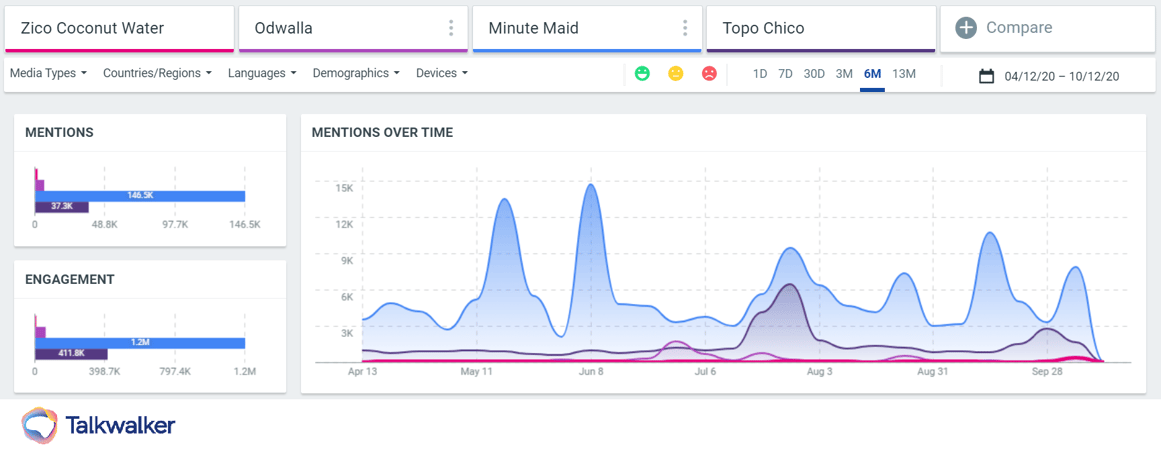
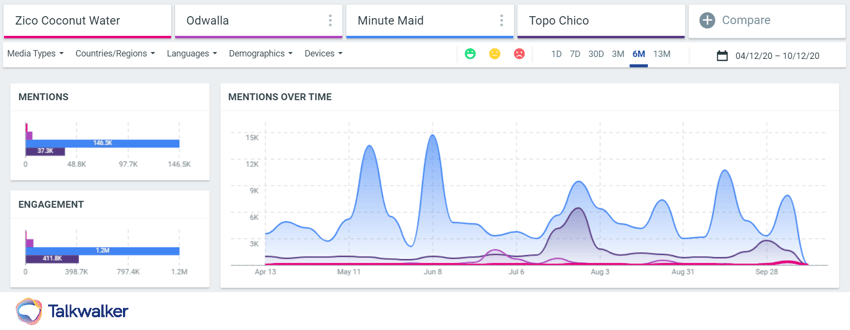

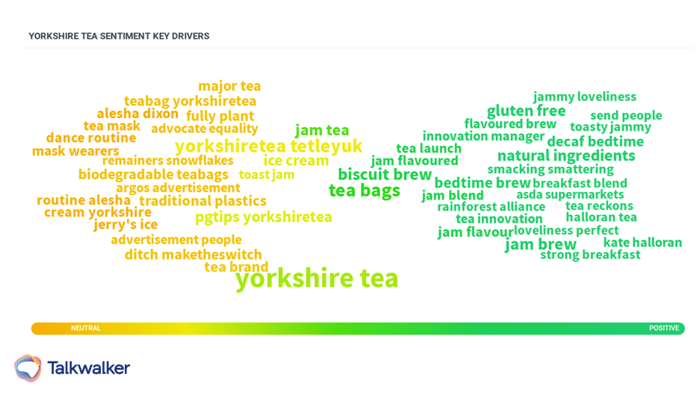
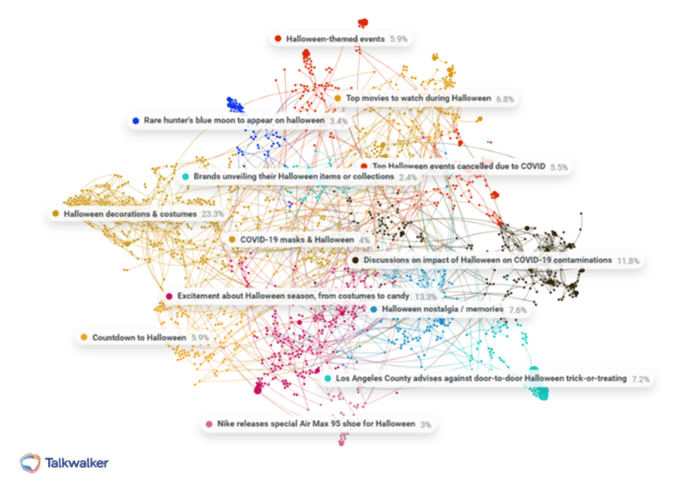
_5-Jun-12-2023-11-55-35-3836-AM.png?width=700&height=270&name=210908_Market%20pulse_NL_MKT_(EN)_5-Jun-12-2023-11-55-35-3836-AM.png)
